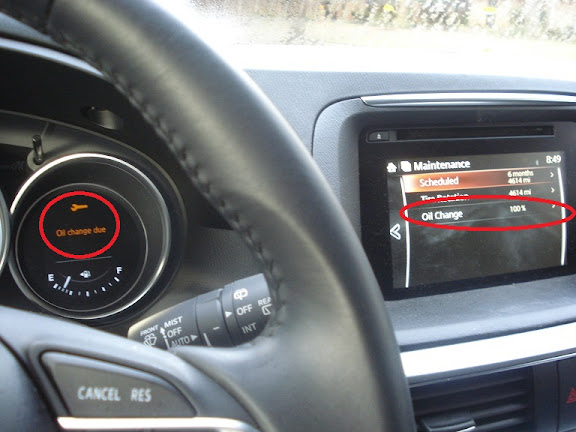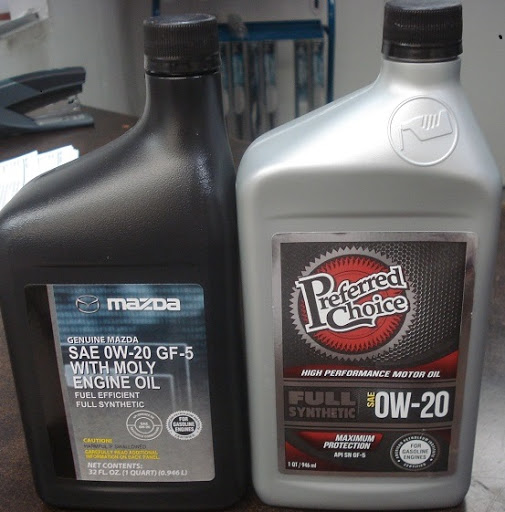hi,
got a cx-5 2016.5 in late January 2016 and have driven around 2100 mile so far ( Mostly city driving..). Was surprised to see a service alert pop up on the dash last week. .i am thinking this is for a oil change? isn't this very soon? Time based rather than miles i am guessing? don't think i will have to time to go to the dealership for couple of weeks--is it ok to delay this by a month? or am i risking engine damage.
got a cx-5 2016.5 in late January 2016 and have driven around 2100 mile so far ( Mostly city driving..). Was surprised to see a service alert pop up on the dash last week. .i am thinking this is for a oil change? isn't this very soon? Time based rather than miles i am guessing? don't think i will have to time to go to the dealership for couple of weeks--is it ok to delay this by a month? or am i risking engine damage.



